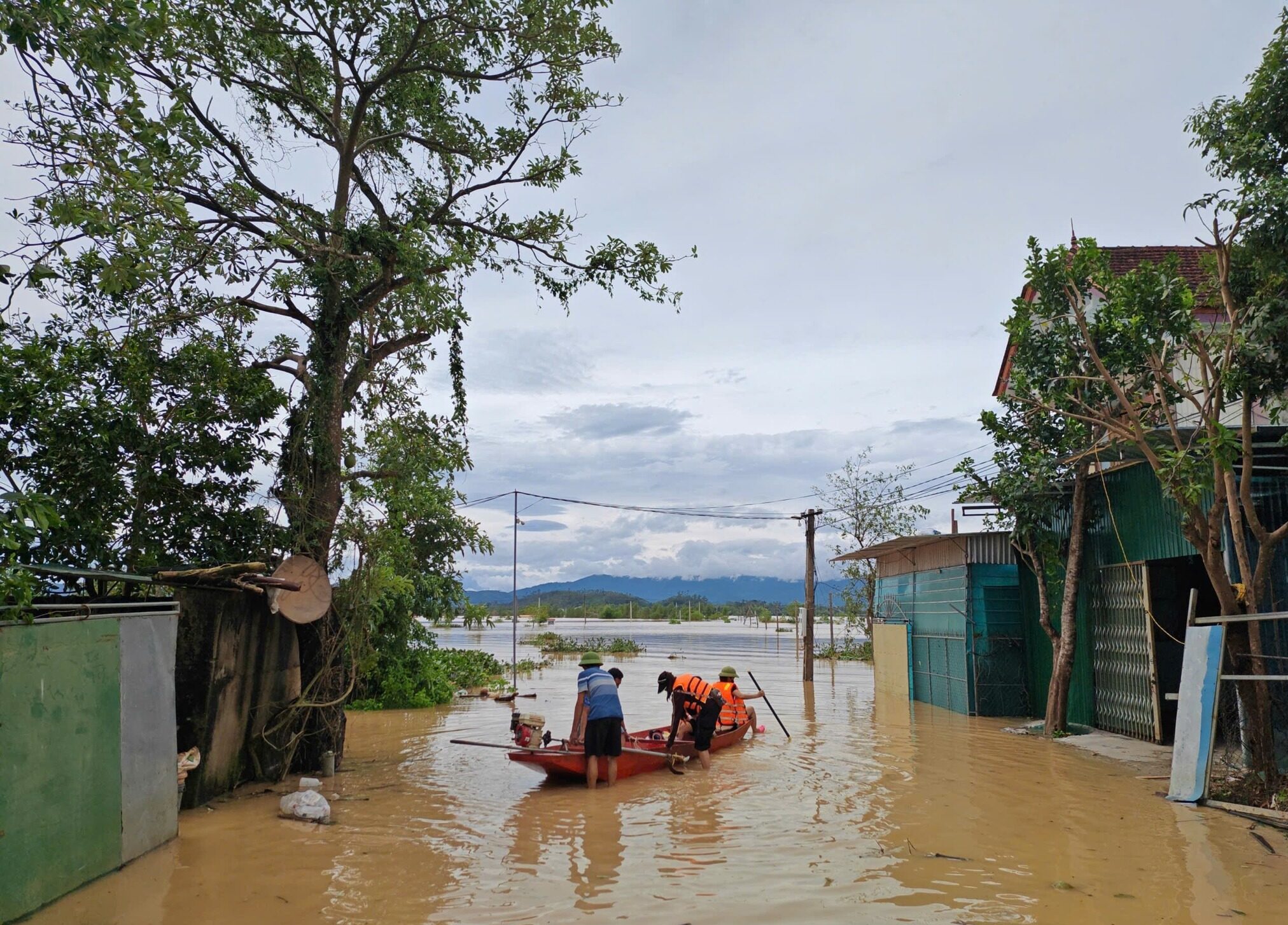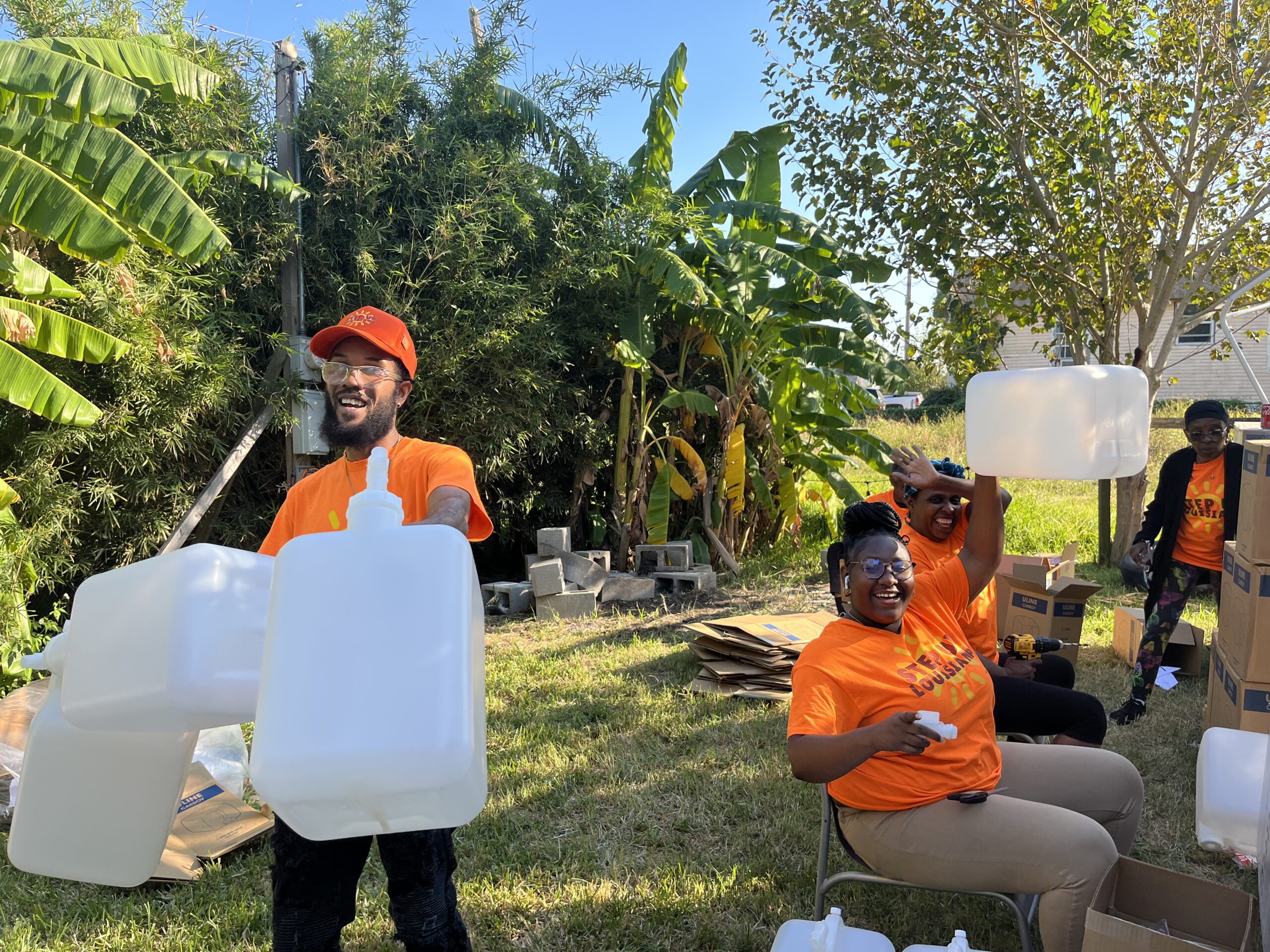What we’re watching: Weekly disaster update, September 29

We know all too well that disaster can strike anytime, anywhere in the world. Some disasters make headlines; others do not. Here at the Center for Disaster Philanthropy (CDP), we monitor the status of disasters worldwide and compile a list of the ones we’re tracking weekly, along with relevant disaster-related media coverage.
Here’s what we’re watching for the week of Sept. 29, 2025.
New or Emerging Disasters
Hurricane Humberto and Tropical Storm Imelda – Multiple countries: Hurricanes Humberto and Imelda are only 500 miles apart; the closest two hurricanes have been to each other in at least 59 years. The interaction between these storms, known as the Fujiwhara effect, has pulled them away from the United States, which should only experience rip currents and high tides along the East Coast.
However, Hurricane Humberto, a Category 4 storm, has caused heavy rainfall and dangerous surf conditions throughout the Caribbean.
Additionally, although Hurricane Imelda is a Category 1 storm, it is causing more damage than Humberto as it passes closer to land in the Caribbean. The Bahamas closed all schools and evacuated thousands of people on Monday, Sept. 29, as it braced for Imelda’s heavy rains. Bermuda is under a hurricane warning ahead of Imelda, which is expected there by Wednesday. At least two people died in Cuba as a result of the storm, and thousands were evacuated.
Flooding – Arizona: Severe rainfall caused massive flooding in Arizona, which killed four people on Sept. 26. In Globe, a historic mining town, the waters flooded a propane tank distributor and carried about 1,000 propane tanks through the community. People were forced to seek refuge on rooftops. Search and rescue efforts are ongoing, as many people are still missing.
Typhoon Bualoi – Vietnam: On Sept. 29, Typhoon Bualoi brought heavy rains, strong winds and a tornado to central Vietnam, killing 12 people. The storm collapsed roofs and houses, swept away bridges, and inundated schools, homes and other infrastructure. The typhoon was weakened to a tropical storm as it moved towards Laos.
Previous/Ongoing Disasters
Super Typhoon – The Philippines: Super Typhoon Ragasa is the most powerful typhoon recorded this year. As a Category 5 storm, it caused “catastrophic” damage in the Philippines on Monday, Sept. 22, with wind speeds at 134 mph and gusts up to 183 mph.
Thousands of people were evacuated, and many sought refuge in emergency shelters. Ten people were killed. The storm then moved to Taiwan, where 17 people died, before continuing to Hong Kong and China, where widespread flooding caused power outages, damaged buildings, blocked roads and downed thousands of trees.
Hurricane Helene – North Carolina: It has been one year since Hurricane Helene devastated the southern Appalachian region. The National Hurricane Center reports that the final death toll was 250, the highest fatality rate from a hurricane in the mainland U.S. since Hurricane Katrina.
Up to 30 inches of rain fell in the Southern Appalachians in late September 2024, both from the hurricane and a band of heavy rainfall that preceded it. Rushing waters caused 2,015 landslides and extreme flooding, washing away entire houses and destroying communities.
CDP recently awarded $6.8 million in grants from the Truist Foundation Western North Carolina Recovery and Resiliency Fund to support ongoing Helene recovery efforts. Read more about the grants here.
Complex Humanitarian Emergencies – Syria
When a country experiences political conflict, climate shocks, famine, economic challenges or other conditions, it may suffer a complex humanitarian emergency (CHE). CDP maintains complete profiles on several CHEs. Every week, we highlight these and other CHEs, hoping to build awareness and increase philanthropic response.
The humanitarian emergency in Syria is characterized by widespread hunger, economic collapse, sectarian and ethnic violence and mass displacement. It is one of the most overlooked crises in the world.
Key facts:
- At least 90% of the Syrian population lives in poverty.
- At least nine million people are acutely food insecure.
- There are 7.4 million internally displaced persons (IDPs)
- Targeted abductions, child marriage and other forms of gender-based violence against Alawite women and girls have been recorded by UN experts.
- Syria is currently experiencing the worst drought in decades, which is expected to dramatically exacerbate the hunger crisis in the coming year.
- As winter approaches, displaced families face increasing health risks with inadequate shelter, a lack of fuel and other supplies.
While Syria remains one of the most severe humanitarian emergencies globally, it is making some progress toward stability as a sovereign state under the Syrian Interim Government. Violent clashes between the Druze community and Bedouin tribes in July killed hundreds of civilians, displaced 175,000 Syrians, and sharply escalated humanitarian needs. Interference by foreign governments and state and non-state armed groups inflamed the crisis. However, a fragile ceasefire has largely held since July, and there is hope that with sufficient humanitarian funding and global support, Syria’s stability can be strengthened.

What We’re Reading
- We need to rethink disaster recovery in North Carolina – Cardinal & Pine
- A Reflection on Philanthropy’s Role One Year after Helene – North Carolina Network of Grantmakers
- AI is transforming weather forecasting, and that could be a game changer for farmers around the world – The Conversation
A moment of hope… Atlanta’s historic Vine City is home to Cook Park, a “sponge park” designed to absorb stormwater and prevent flooding. Rain gardens and green infrastructure ease pressure on the city’s drainage system.
During Hurricane Helene, the park successfully absorbed nine million gallons of water, keeping nearby homes dry. Beyond flood control, the $40 million park also serves as a vibrant community space, featuring sports courts, fitness equipment, and award-winning landscaping.
